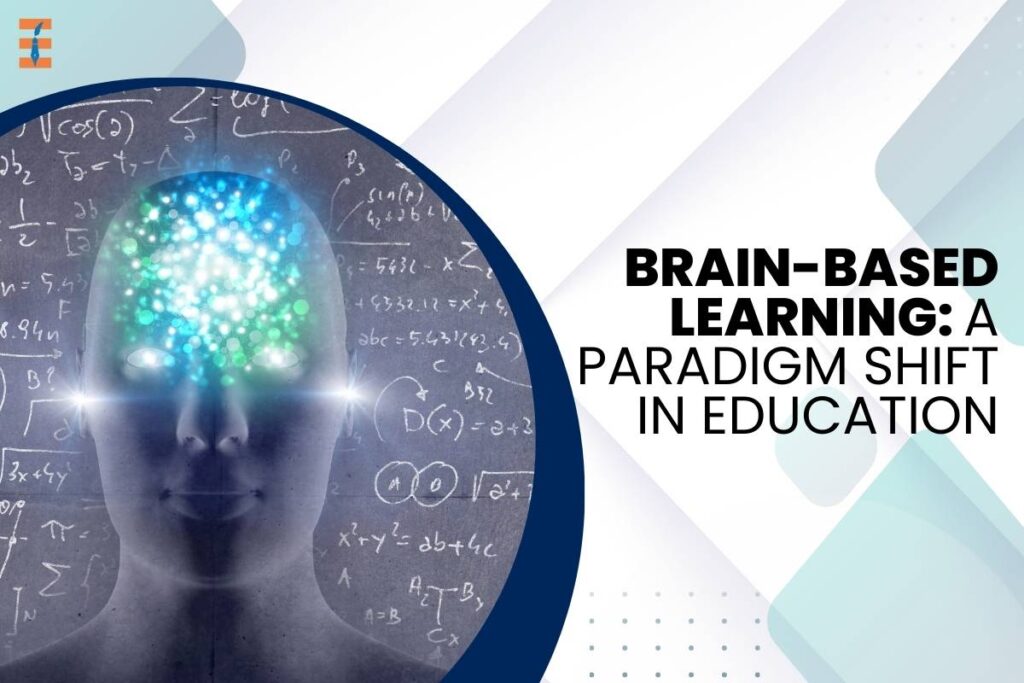In the field of education, there is a continuous effort to enhance learning methods. Educators and researchers have been exploring various teaching approaches to increase student engagement, improve memory retention, and enhance academic achievement. One approach that has gained significant attention is brain-based learning. Based on neuroscience and cognitive psychology, it aims to utilize our understanding of how the brain functions to shape teaching methods. This article delves into the principles, strategies, and impact of brain-based learning, highlighting its potential to revolutionize education.
Understanding Brain-Based Learning
At its core, brain-based learning revolves around the idea that education should be tailored to align with the brain’s natural processes of acquiring, processing, and retaining information. It recognizes that every brain is unique, and learning experiences should cater to individual differences in cognition, attention, and memory. Unlike traditional one-size-fits-all approaches, it emphasizes personalized instruction, multisensory engagement, and real-world application of knowledge.
Here are 5 Key Principles of Brain-Based Learning:
Several key principles underpin brain-based learning:
1. Neuroplasticity

The brain’s remarkable ability to reorganize itself in response to learning experiences. It capitalizes on neuroplasticity by creating environments that foster synaptic connections and neural pathways associated with learning.
2. Emotion and Learning
Emotions play a crucial role in cognition and memory. Brain-based learning emphasizes the importance of creating a positive, supportive learning environment that promotes emotional well-being and reduces stress, facilitating optimal learning experiences.
3. Multisensory Engagement
The brain processes information through multiple sensory channels simultaneously. It incorporates diverse sensory experiences, such as visuals, auditory stimuli, tactile activities, and kinesthetic learning, to enhance comprehension and retention.
4. Active Learning
Passive learning is less effective than active engagement in the learning process. Brain-based learning encourages hands-on activities, problem-solving exercises, discussions, and collaborative projects that actively involve students in constructing their understanding of the material.
5. Feedback and Reflection
Timely feedback and opportunities for reflection are essential for deepening understanding and reinforcing learning. It emphasizes ongoing assessment, constructive feedback, and metacognitive strategies that empower students to monitor their learning progress.
Strategies for Implementing Brain-Based Learning
Implementing brain-based learning in the classroom involves adopting instructional strategies that align with its principles. Some effective strategies include:
1. Differentiated Instruction
Recognizing and accommodating diverse learning styles, interests, and abilities within the classroom. Teachers can personalize instruction by offering flexible learning paths, varying instructional modalities, and providing enrichment or remediation as needed.
2. Project-Based Learning

Engaging students in authentic, inquiry-driven projects that require critical thinking, collaboration, and problem-solving skills. Project-based learning fosters curiosity, creativity, and intrinsic motivation while promoting a deeper understanding of content.
3. Mindfulness and Relaxation Techniques
Incorporating mindfulness practices, relaxation exercises, and stress-reduction techniques into daily routines. Mindfulness helps students cultivate self-awareness, emotional regulation, and resilience, creating an optimal state for learning.
4. Active Learning Strategies
Encouraging active participation through interactive lectures, group discussions, peer teaching, role-playing, and hands-on experiments. Active learning promotes deeper engagement with the material and enhances long-term retention.
5. Metacognitive Strategies
Teaching students to monitor, evaluate, and regulate their learning processes through metacognitive strategies such as goal-setting, self-assessment, concept mapping, and reflective journaling. Metacognition enables students to become independent, self-directed learners.
Implications for Education
The adoption of brain-based learning has profound implications for education at all levels:
1. Personalized Learning
It shifts the focus from standardized instruction to personalized learning experiences tailored to individual students’ needs, interests, and abilities. This approach fosters greater equity, inclusivity, and academic success for diverse learners.
2. Teacher Professional Development
Implementing brain-based learning requires ongoing professional development and support for educators. Teachers need training in neuroscience, cognitive psychology, and pedagogical strategies that align with brain-based principles to effectively integrate them into their teaching practice.
3. Curriculum Design
It challenges traditional curriculum design by emphasizing interdisciplinary connections, real-world relevance, and the application of knowledge in authentic contexts. Curricula should be flexible, dynamic, and responsive to evolving educational trends and student needs.
4. Assessment and Evaluation
It advocates for a shift away from standardized testing toward authentic assessments that measure students’ holistic understanding, critical thinking skills, and problem-solving abilities. Assessment should be formative, ongoing, and aligned with learning objectives.
5. Educational Technology

Technology can enhance brain-based learning by providing interactive simulations, adaptive learning platforms, multimedia resources, and collaborative tools that cater to diverse learning styles and preferences. However, technology integration should be purposeful and mindful of potential distractions and overreliance on screens.
Conclusion
Brain-based learning represents a paradigm shift in education, challenging traditional notions of teaching and learning while offering new insights into how the brain processes information. By aligning instructional practices with principles rooted in neuroscience and cognitive psychology, educators can create learning environments that optimize student engagement, retention, and academic achievement. As we continue to unlock the mysteries of the brain, the potential for brain-based learning to transform education and empower learners of all ages remains vast and promising.
Also Read: Multiple Intelligences: What Does the Research Say?










